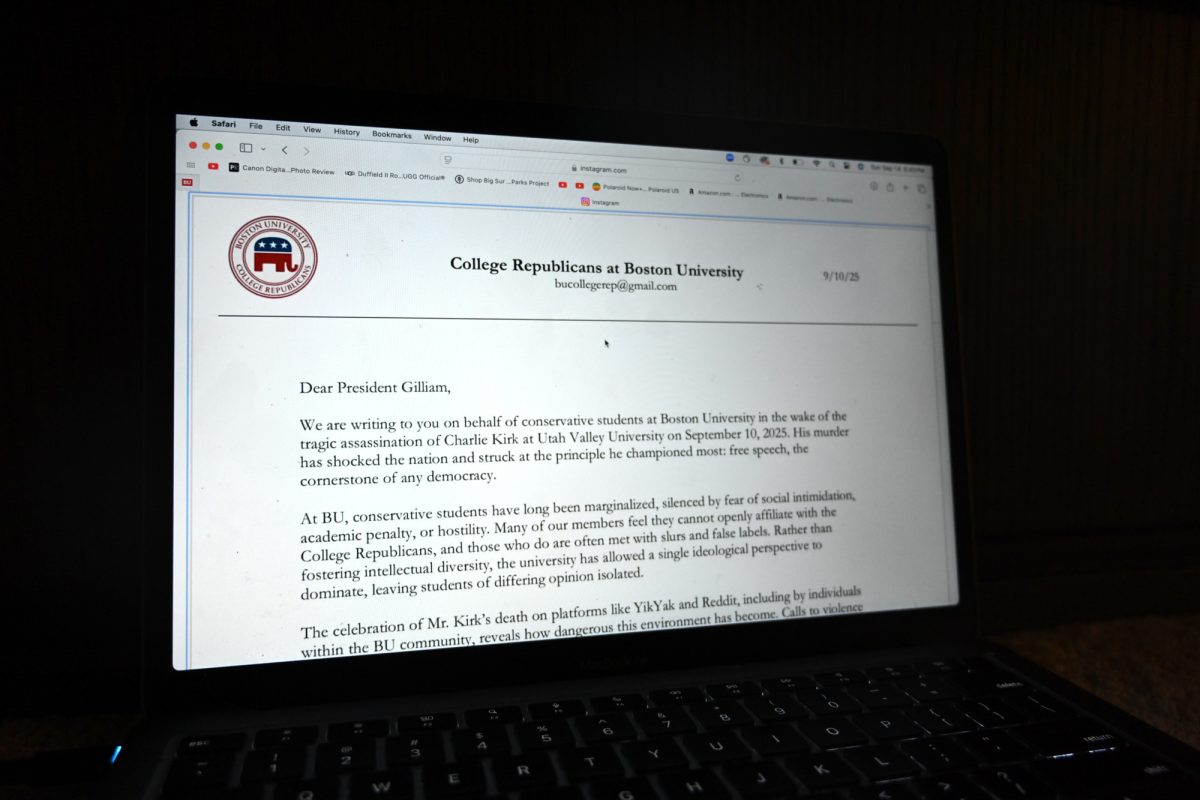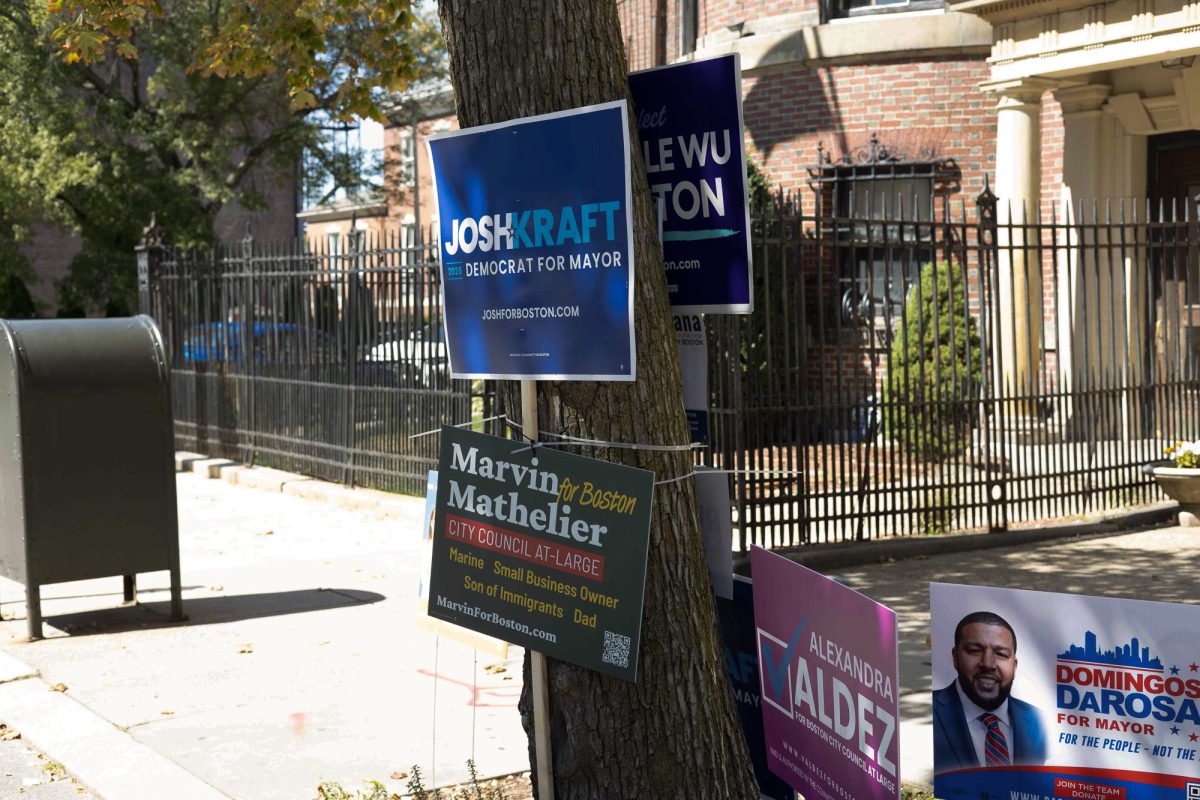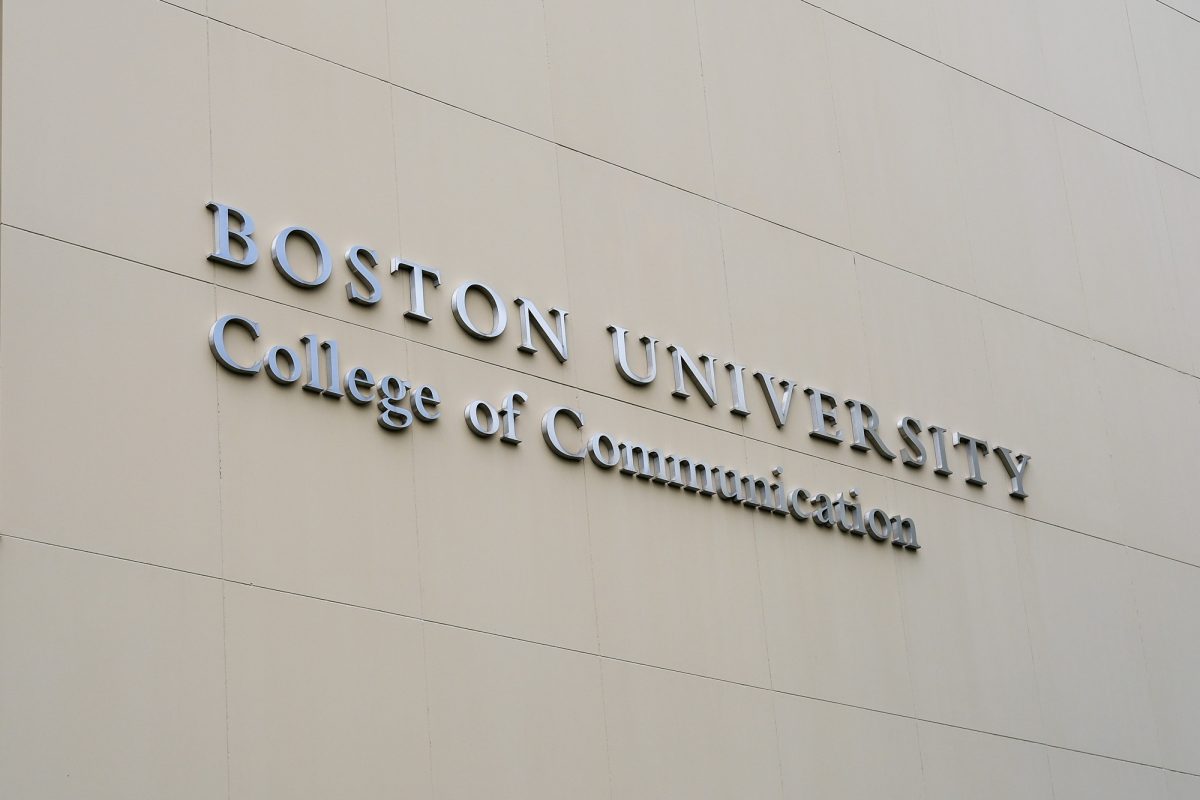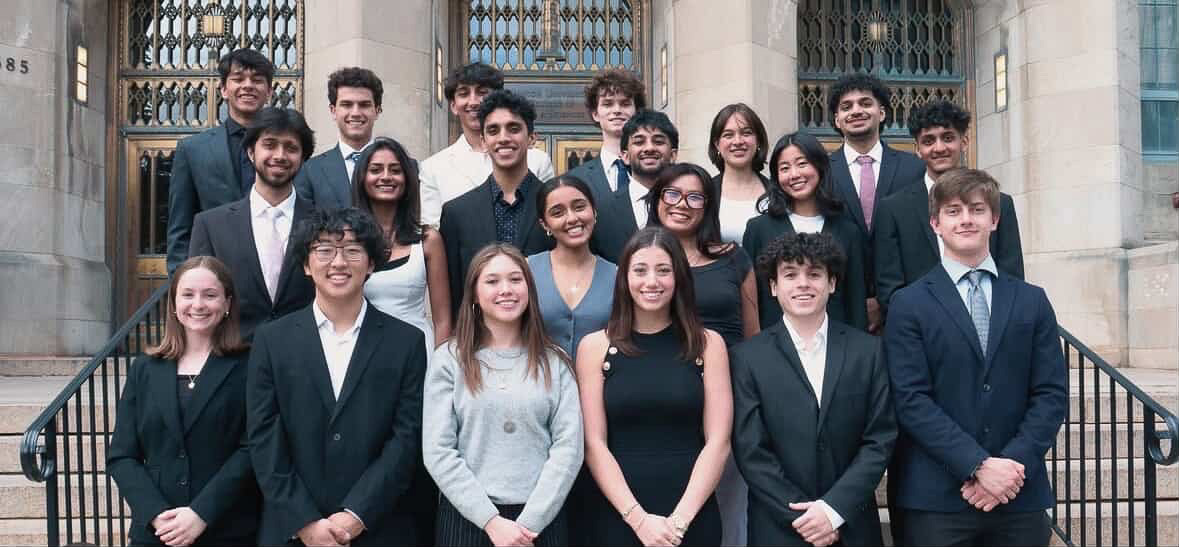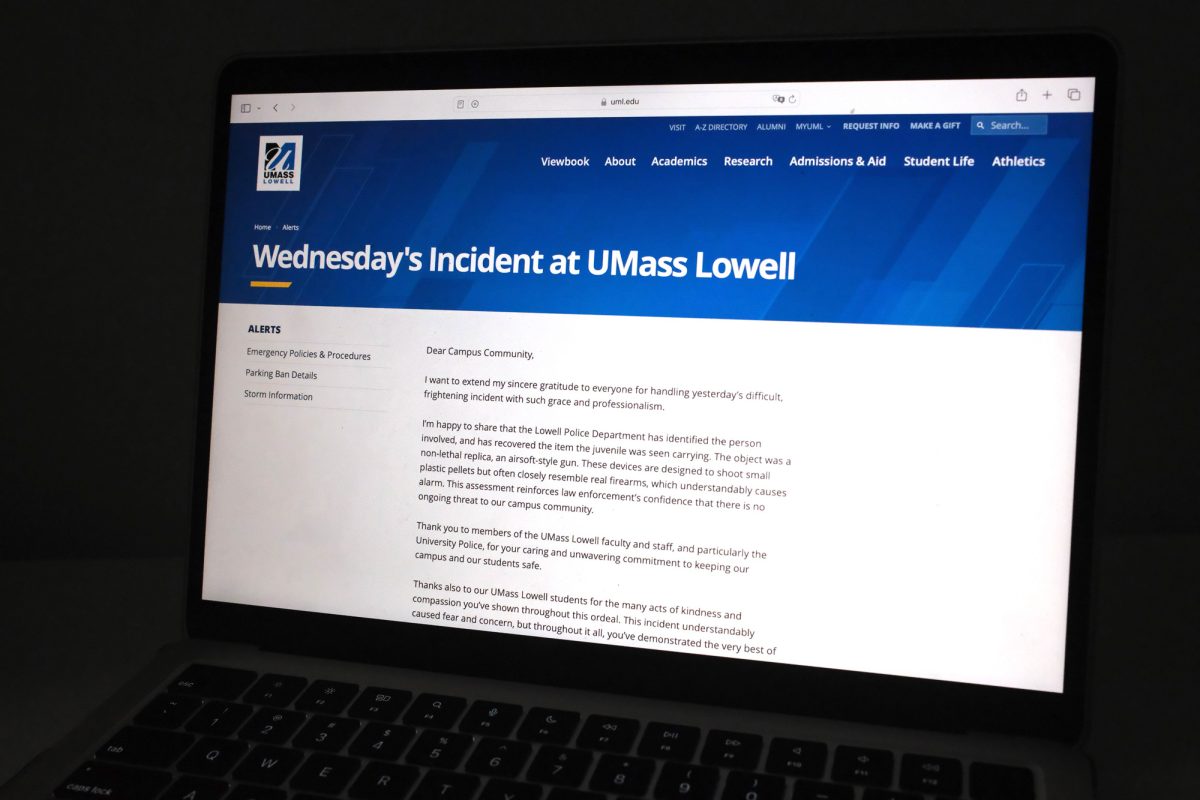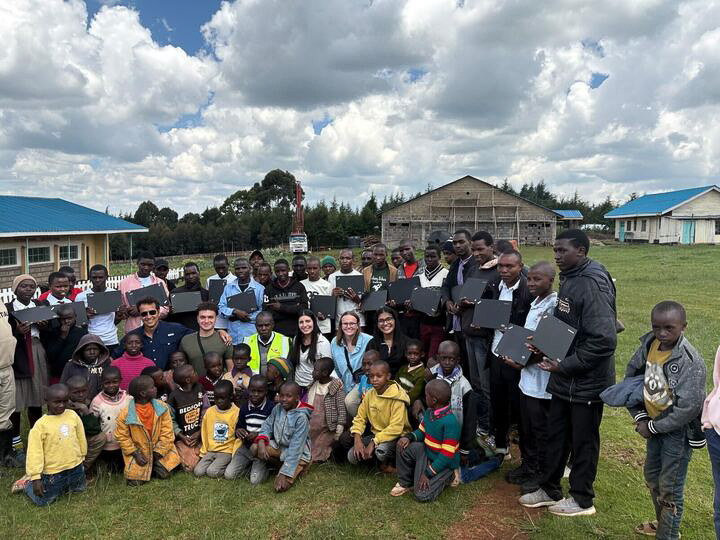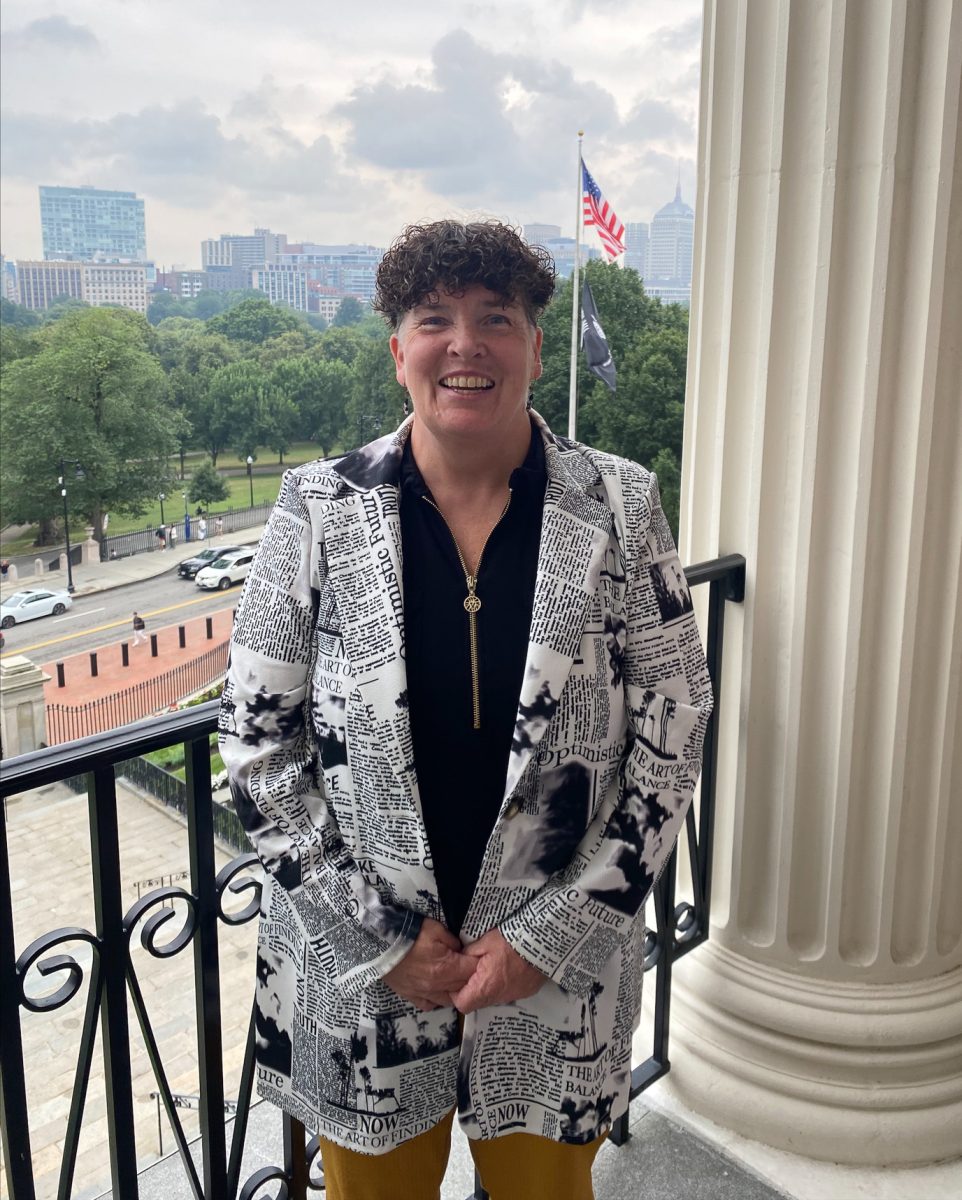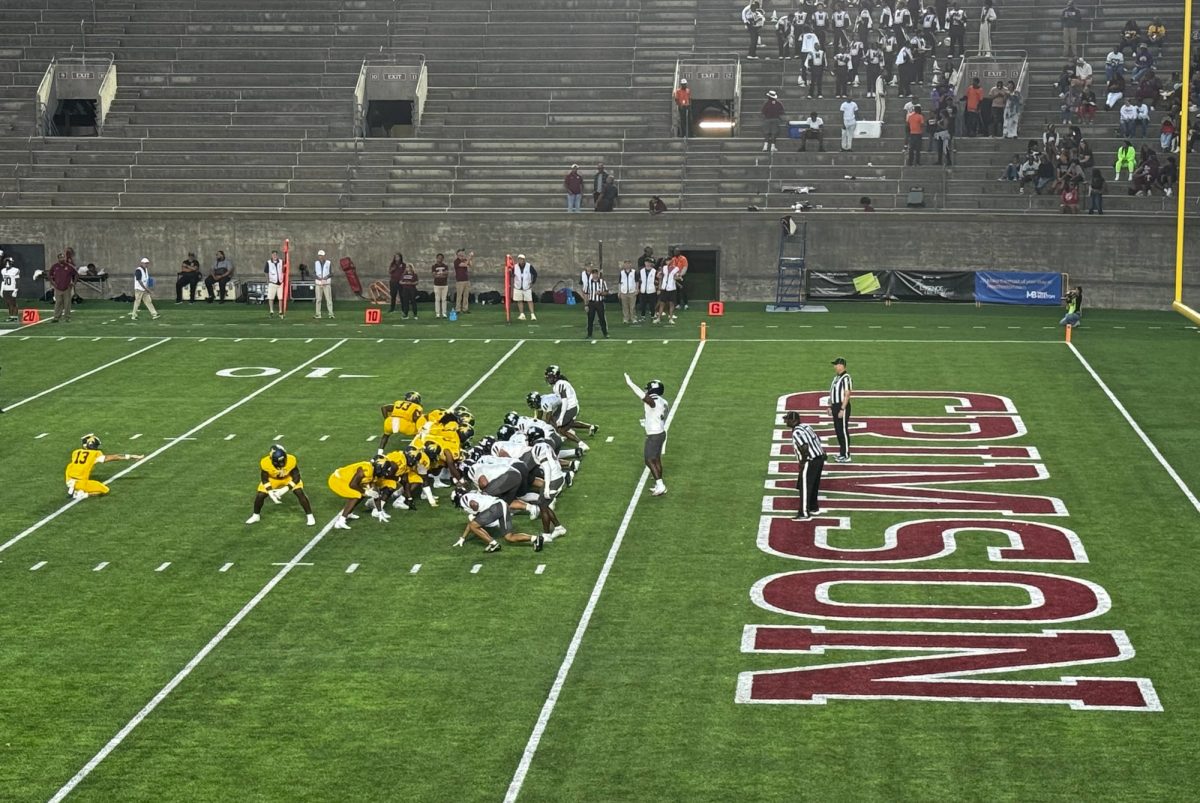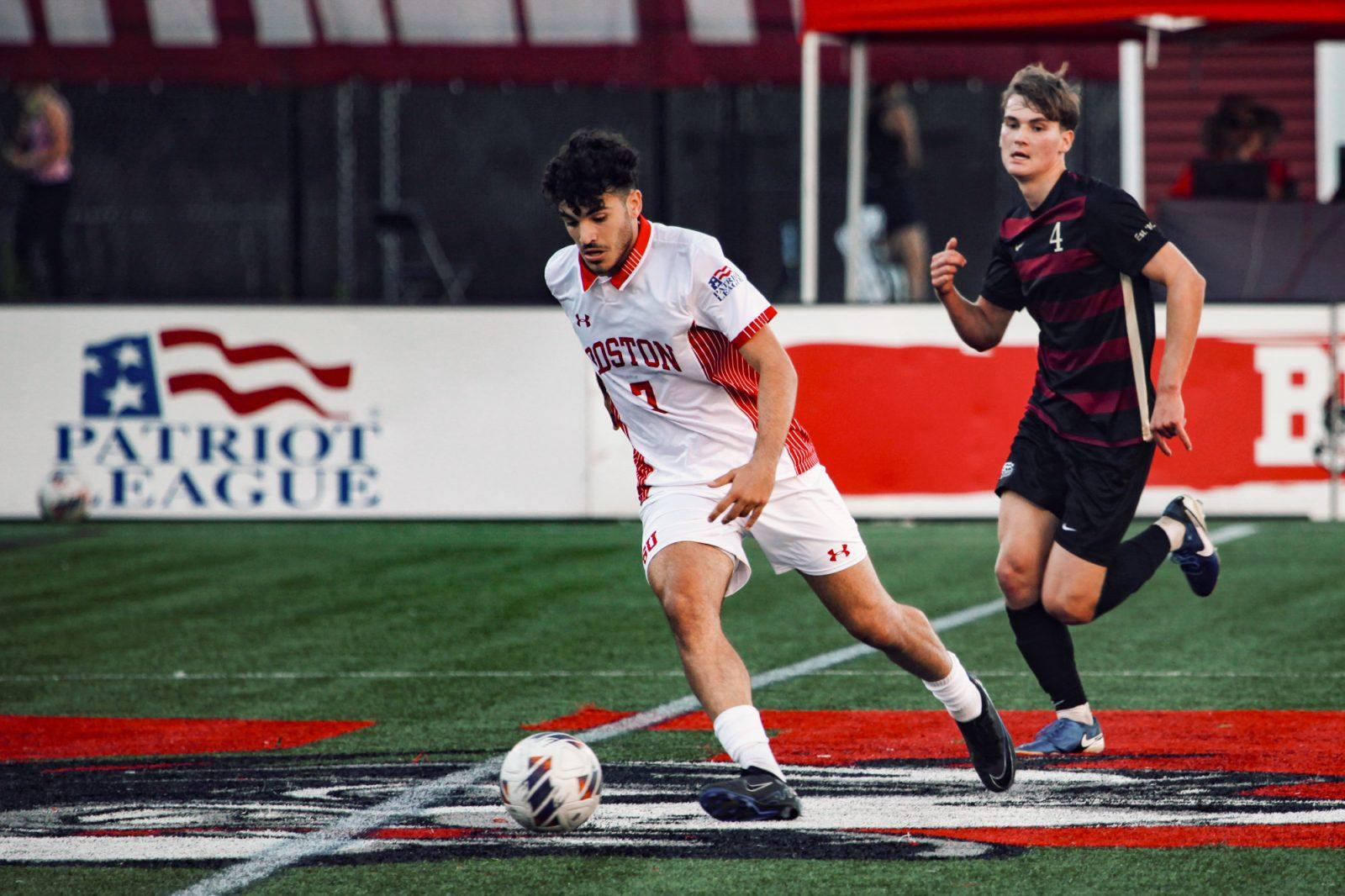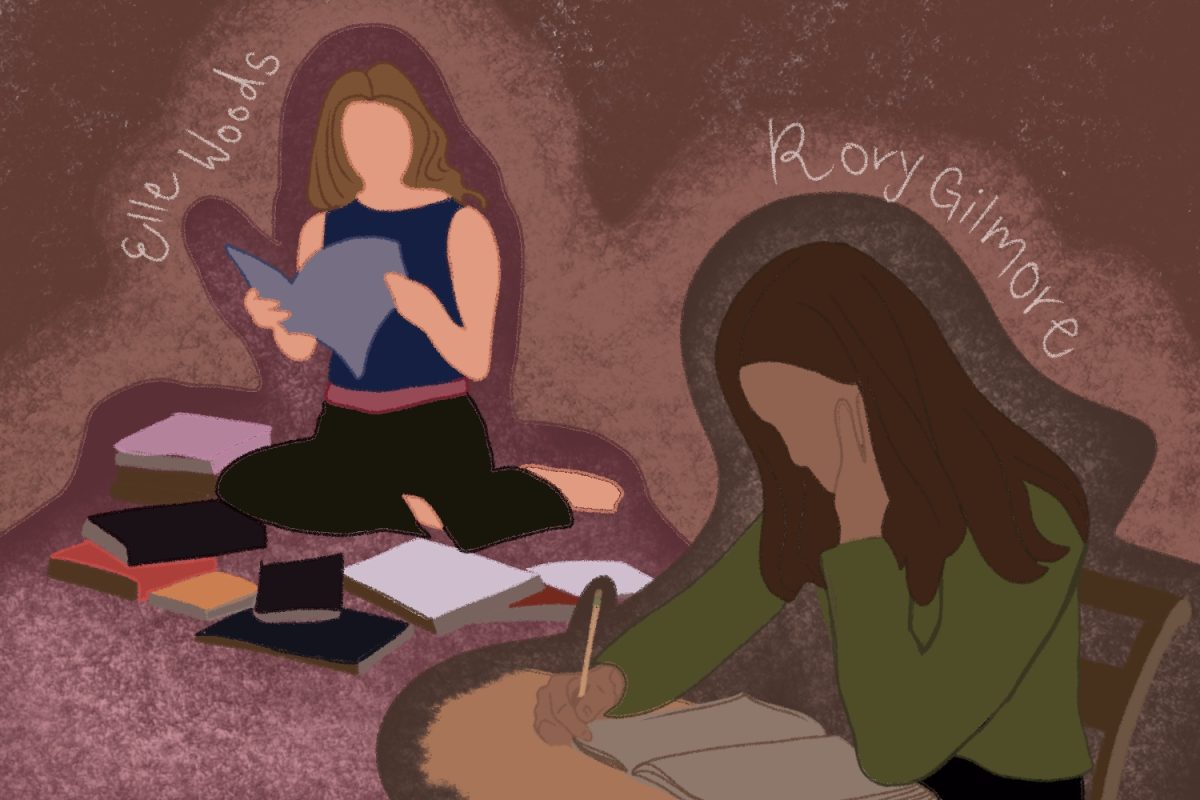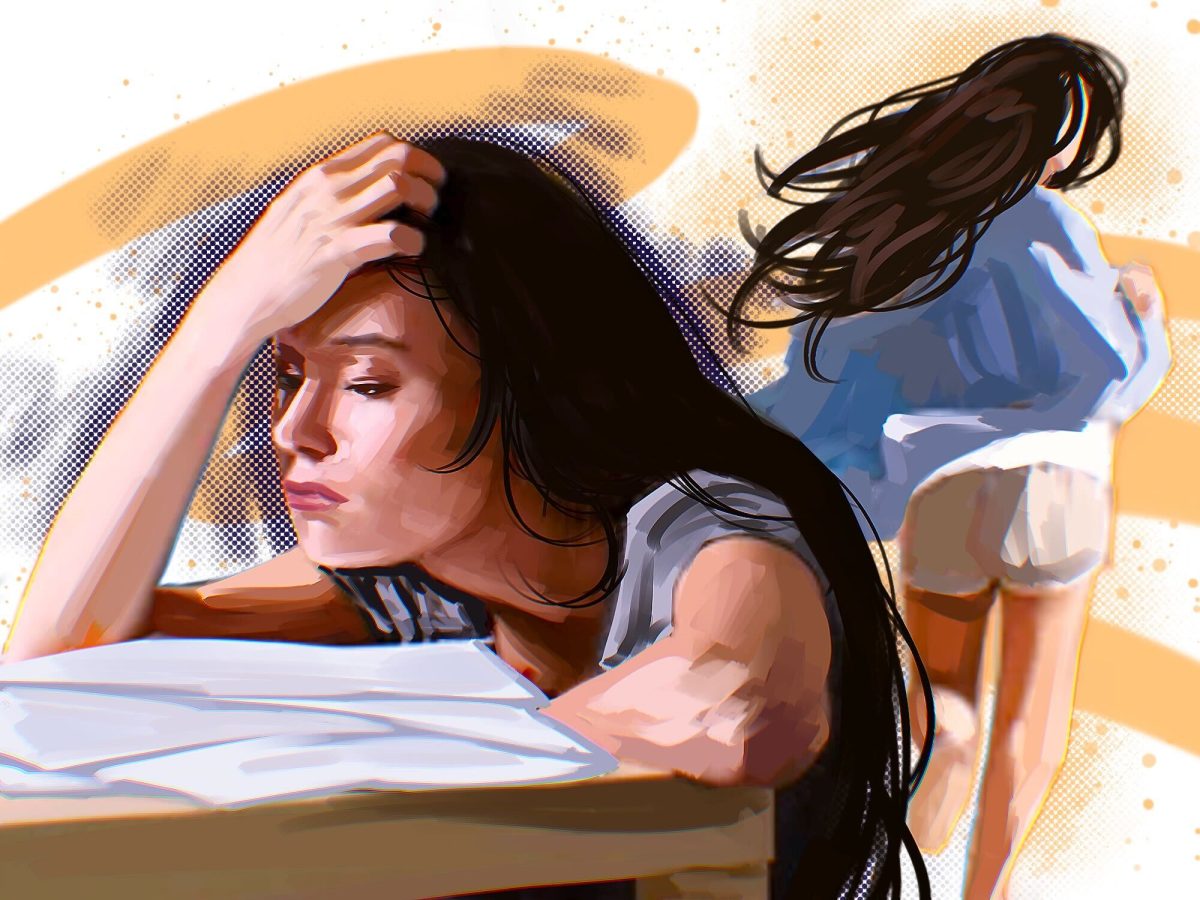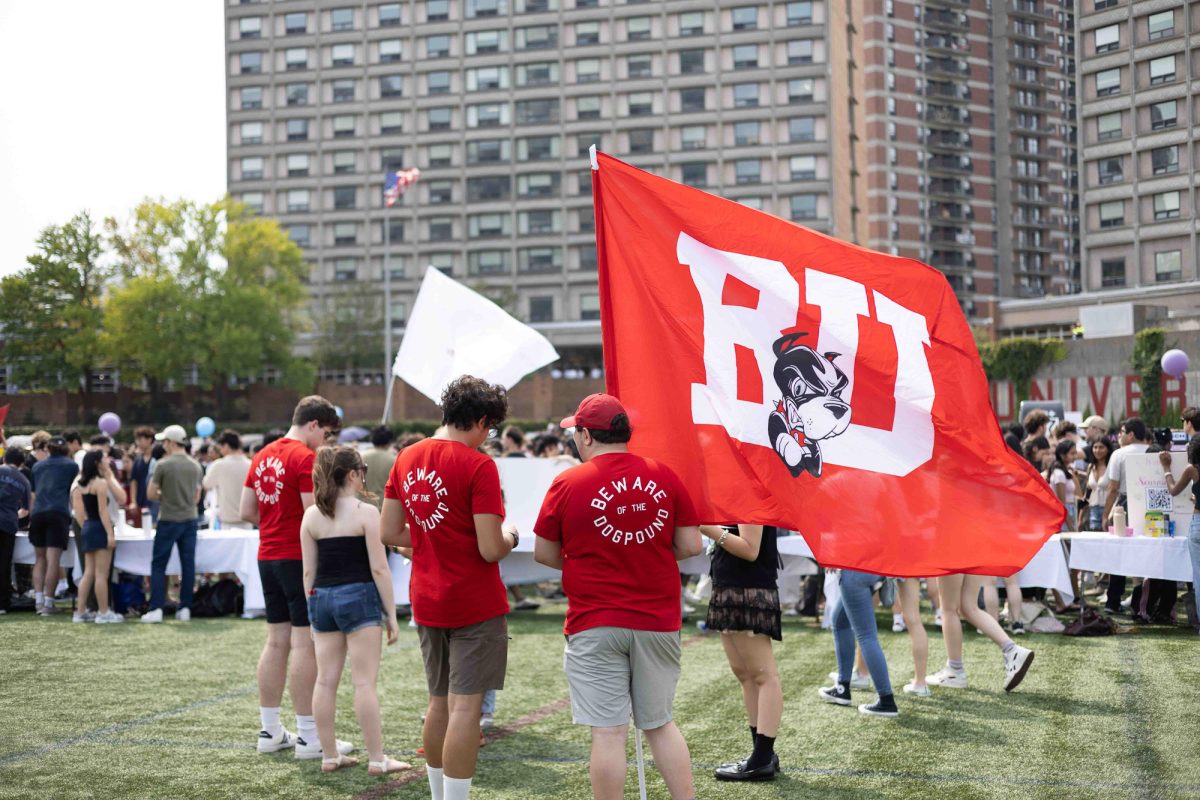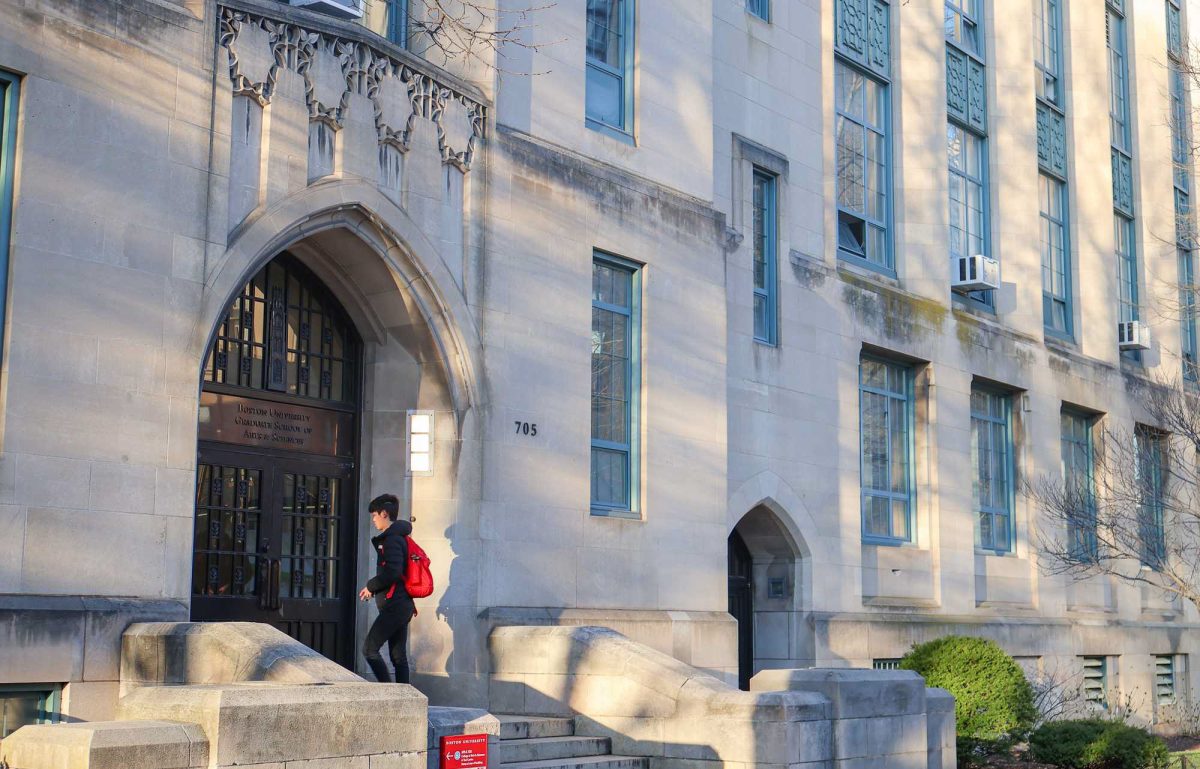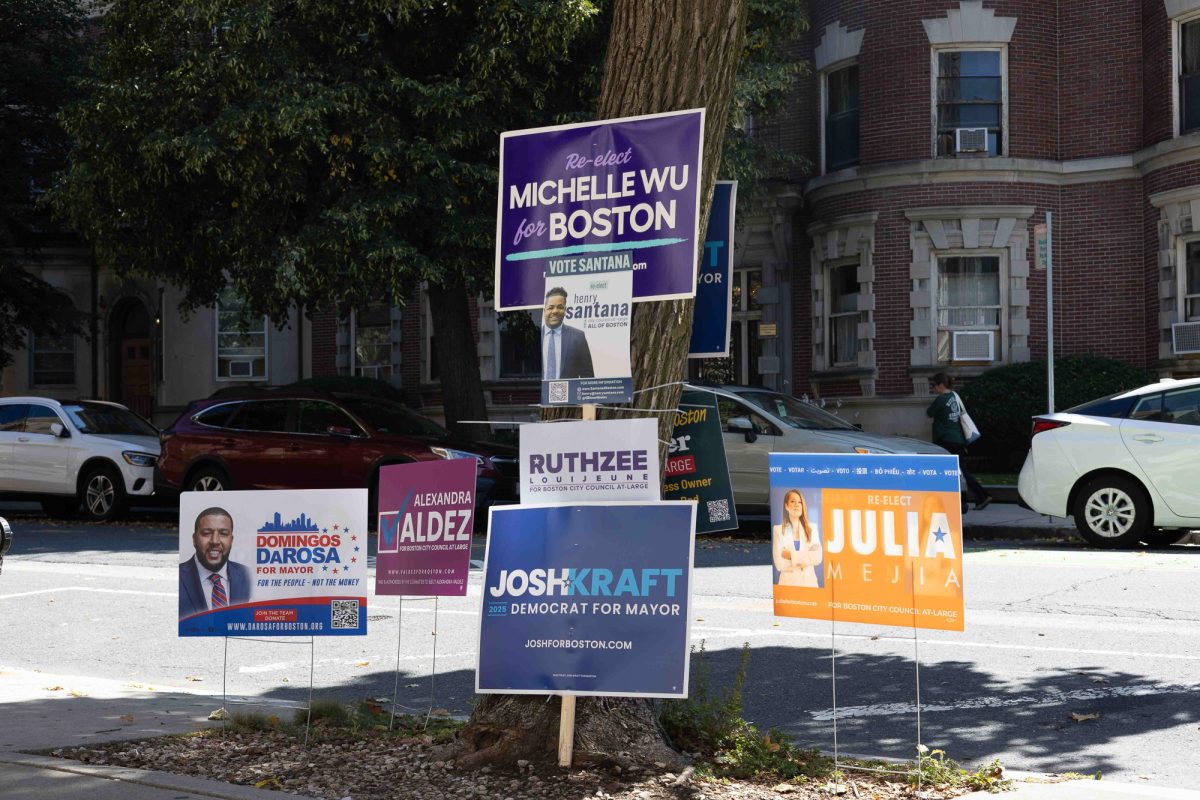Boston University may see a change in demographic in coming years, according to a database published by The Chronicle of Higher Education Sunday that explores populations of children of different races and ethnicities from ages 4 to 18.
“It’s partly to do with migration patterns,” said College of Arts and Sciences professor of sociology John Stone. “The first generation usually has more children, and once you get into the second and third generation, the patterns become very similar to the normal mainstream patterns.”
The database draws statistics from the 2010 U.S. Census to project the ethnicities of students who will reach college age within the next 14 years. Journalists at The Chronicle found that there are fewer white 4-year-olds and black 4-year-olds nationally than there are white 18-year-olds and black 18-year olds. The data also shows that in most states, there are more Hispanic 4-year-olds than there are Hispanic 18-year-olds.
Sara Lipka, an editor at The Chronicle, said the study explores the changing demographic map of future college students to provide university leaders with information to help them consider recruiting students in the future.
“We wanted to show a snapshot of different parts of the country and where children of different ages and different ethnicities lived so that colleges could start thinking about who their [student] population might be in years to come,” Lipka said. “… Colleges are going to have to get more creative and think about reaching different populations than they traditionally have because they are not going to be able to find as many white affluent college going seniors as they have recruited in the past.”
Vice President for Enrollment and Student Affairs Laurie Pohl said BU is aware of the change in demographics and has already prepared for the projected increase in diversity.
“We saw these trends coming, and that’s why we’ve taken steps through our recruiting of both overseas and domestically to be sure that we are attractive to the very best students, regardless of race or ethnicity,” Pohl said. “So we’ve been recruiting in … areas that are majority not white high school students. We ramped up our recruiting of international students because we think that global perspective is incredibly important for all of our students to experience.”
Stone said having an ethnically as well as internationally varied student body opens American students up to a rapidly globalizing world.
“In many ways having a diverse student body and an international global student body is a very good thing,” Stone said. “We live in a globalized world, so for American students, it’s good to have these international contacts and this international knowledge. I don’t think there’s anything negative about it at all.”
Currently the demographics of BU’s Class of 2017 breakdown to be approximately 20 percent international students, 5 percent African American, 9 percent Hispanic and around 17 percent Asian American students, Pohl said.
“Diversity comes in many different flavors, so we want to be sure that we are open to all students,” Pohl said. “We want to have a diverse class. We want diverse opinions, diverse cultures, diverse races and ethnicities, so it’s absolutely something we think about when we are recruiting. It’s one of the things we think about when we admit students and enroll students.”
The diverse campus BU strives to maintain is beneficial to all students because it exposes them to people and ideas they may not have otherwise encountered, Pohl said.
“When worlds collide is when things happen,” she said. “The more we can provide a safe space for those worlds to collide, for the rich to meet the poor, for the haves to meet the have-nots and vice versa, and for those from India to meet those from Iowa, that’s when change happens, and that’s what educational environments are really well set up to do.”
Editor’s note: the following corrections have been applied to this article.
Paragraph 1: “Boston University may see a change in demographic in coming years, according to a database published by The Chronicle of Higher Education Sunday that compiles recent birth rates from different ethnicities.” corrected to “Boston University may see a change in demographic in coming years, according to a database published by The Chronicle of Higher Education Sunday that explores populations of children of different races and ethnicities from ages 4 to 18.”
Paragraph 3: “The database draws statistics from the 2010 U.S. Census to project the ethnicities of students applying for colleges within the next 14 years. Researchers found that while fewer white and black children are being born, there is a sharp increase in the birth rate of Hispanic children.” corrected to “The database draws statistics from the 2010 U.S. Census to project the ethnicities of students who will reach college age within the next 14 years. Journalists at The Chronicle found that there are fewer white 4-year-olds and black 4-year-olds nationally than there are white 18-year-olds and black 18-year olds. The data also shows that in most states, there are more Hispanic 4-year-olds than there are Hispanic 18-year-olds.”

